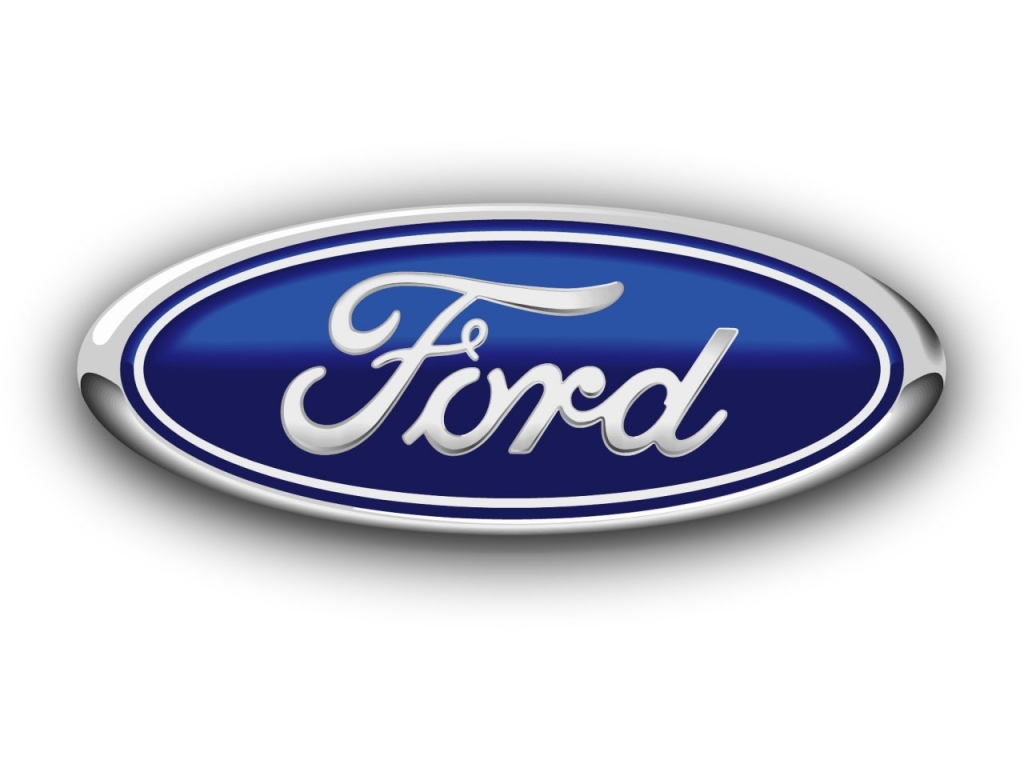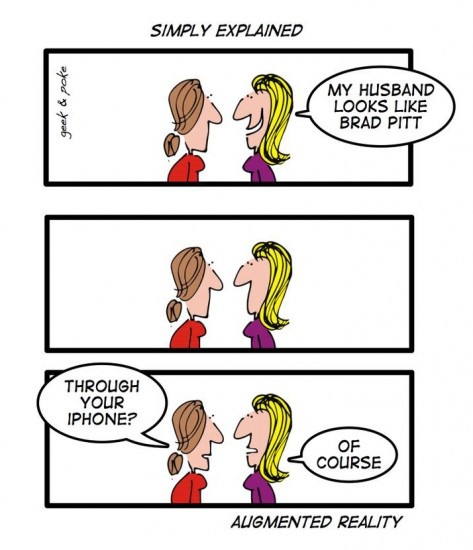Ford Goes All Social For New Focus
Ford is following up the social-media launch of the 2011 Explorer and a current blog-centric test-drive program for the F-150 pickup with a world-wide program supporting the next-generation Focus car.

Ford has used social media based programs to good effect since launching the Fiesta in the U.S. by giving social mavens European spec vehicles well before the American versions hit showrooms.
The test-drive program invites bloggers, people with popular social media pages and lots of Facebook friends to apply to participate in a global consumer test drive program for its Focus and then to talk about the car online.
The company will bring 100 people to Europe in early ’11 — when the car launches — to spend two days driving the car and learning about it. Ford will select them through a Facebook application. The company announced the program on Thursday at the Paris Motor Show. The car launches in the U.S. The program, “Focus Global Test Drive — Start More Than a Car” starts after the Paris Motor Show with the company accepting applications at the “Global Drive” tab at Ford’s Facebook page for Focus.
Applicants have to submit a video clip to the Facebook page explaining why they should be selected to be part of the event and how they would benefit a charitable cause cause in their community with a donation from Ford. Each driver will be awarded the local-market equivalent of $10,000 (USD) for a charitable cause, with up to $500,000 (USD) in total contributions around the world. The company says it will choose participants based on a combination of their reach in social networks, content creation skills and volume of “likes” generated, among other factors. Ford also will invite established bloggers and online influencers.
Ford has used social media based programs to good effect since launching the Fiesta in the U.S. by giving social mavens European spec vehicles well before the American versions hit showrooms. The Fiesta Movement program had several iterations involving different cohorts of people — Fiesta “Agents” — who got the cars for six-month stints and had to blog about the cars while getting assignments from Ford that involved road trips and Apprentice-style local-market projects to promote the car.
Scott Monty, who heads social-media programs at Ford, says the 100-person limit was dictated by the campaign’s parameters. “When you think about the charitable element — putting dollars against each individual — we had to cut it off somewhere. So we are both giving people access to the vehicle before it is available to the public, but also making good on a promise to contribute to a better world.”
Monty tells Marketing Daily that Ford is also making sure the final 100 participants represent an geographical distribution. “We have a quota from each market or region in which we are holding the promotion because we want it to be reflective of the markets in which we want to do business.”
He says the application process goes through January and the test-drive event itself will take place in February. “And we will do new activities in August.” Those will not include a literal reprise of Fiesta Movement, which made sense for that vehicle. “Fiesta Movement is one of the most bandied about programs at Ford. People want to know what the ‘Fiesta Movement’ is for next launch, but the idea is not just to replicate it. We have do to programs that are brand appropriate. The other thing that complicates it a bit is that the Focus customer in Europe is different than the Focus customer in the U.S. So we have to make sure it’s a program with broader scope.”
Source: Marketing Daily








